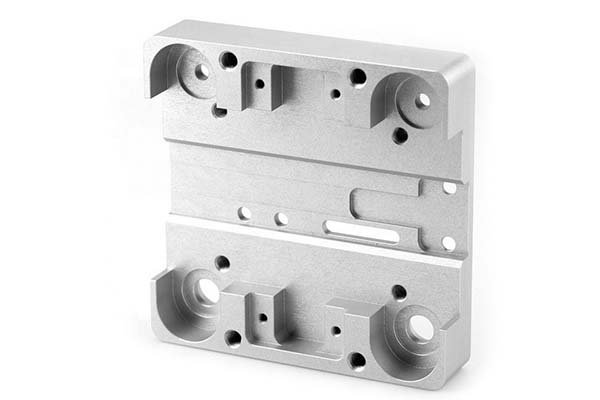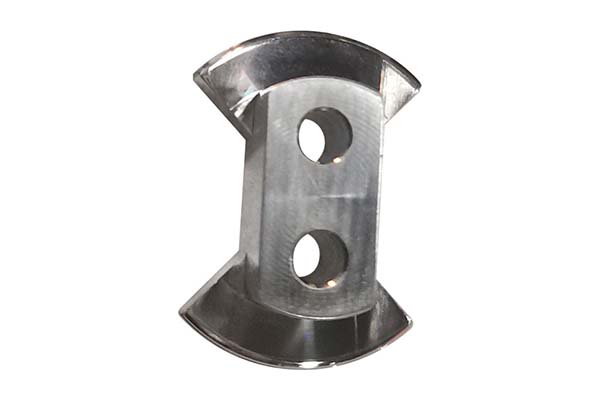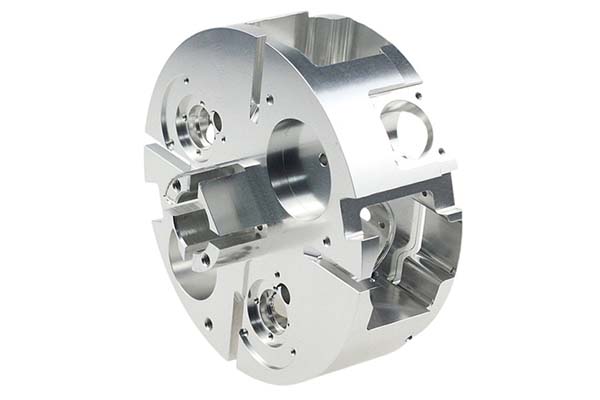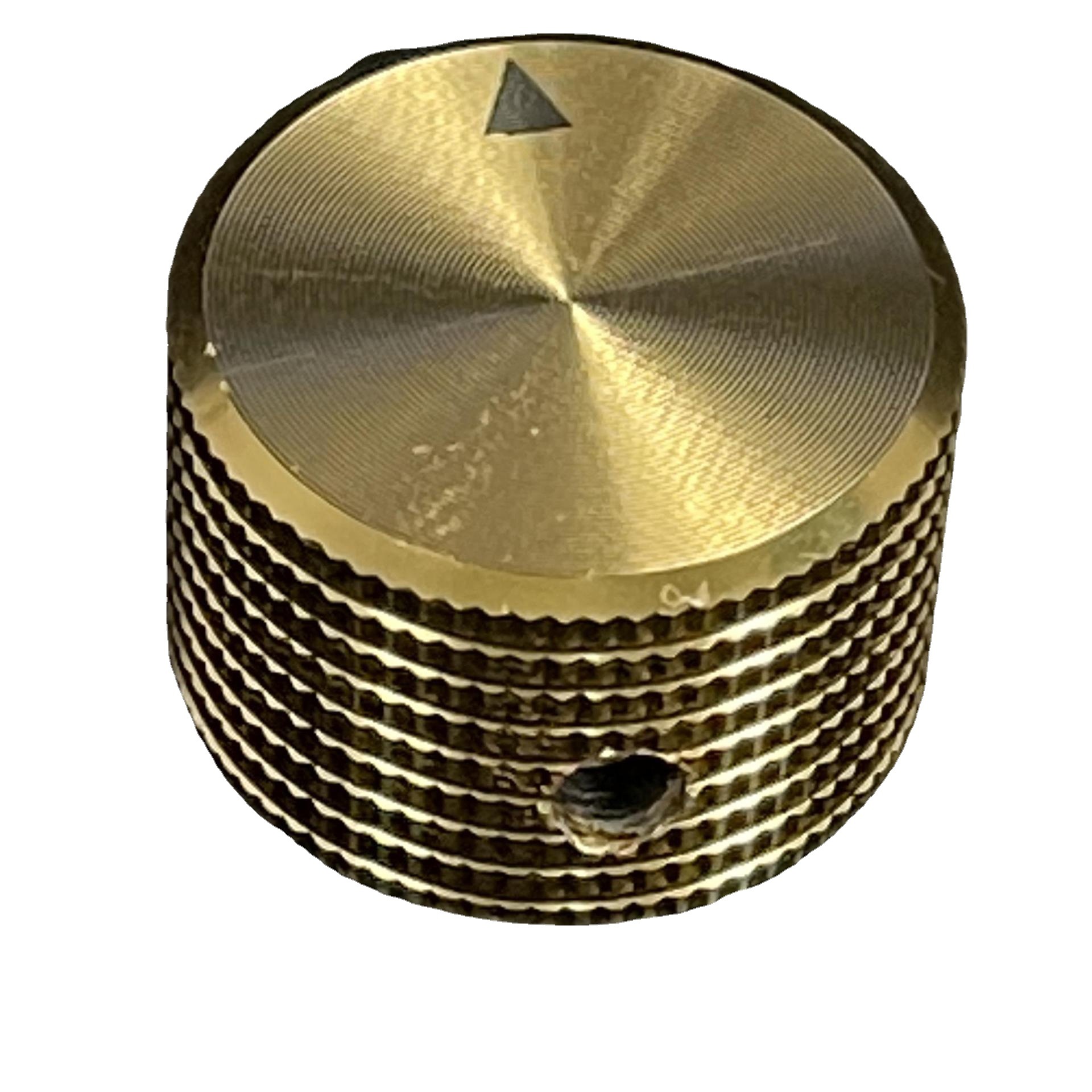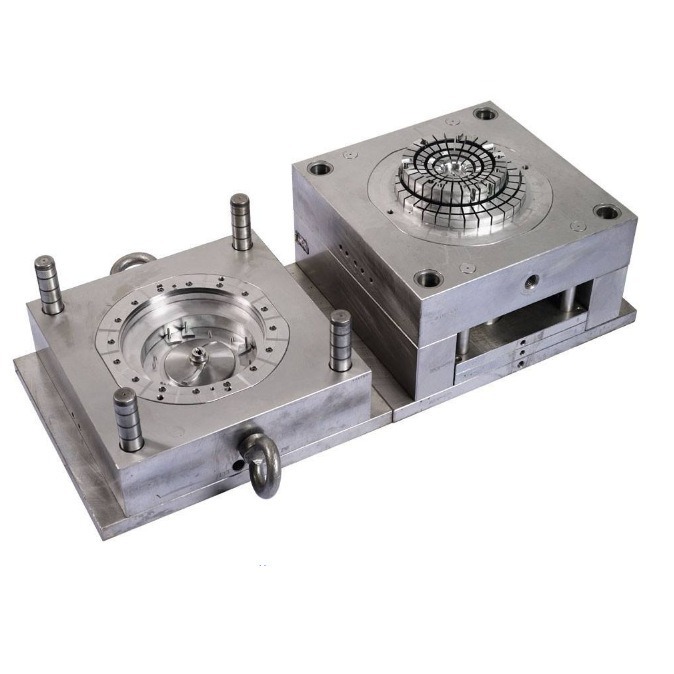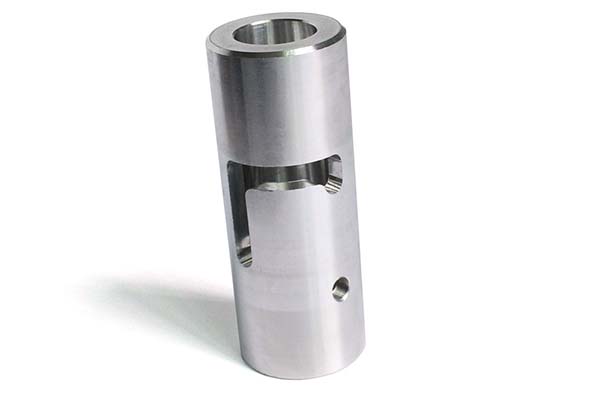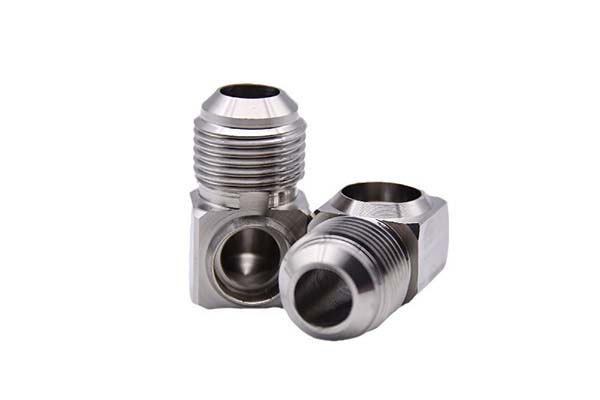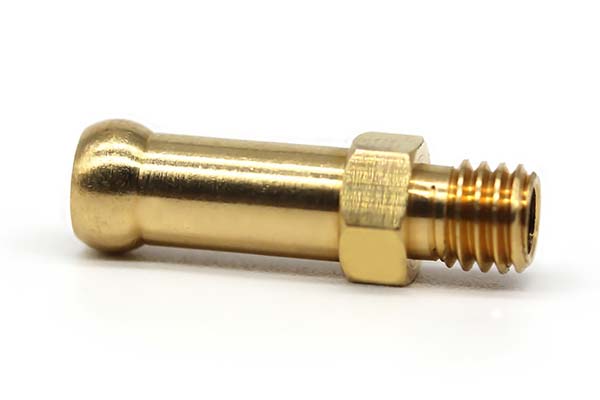Manufacturers across industries often struggle with CNC machining metal—whether it’s choosing the right material for a corrosive environment, dialing in cutting speeds for titanium, or achieving a flawless surface finish on aluminum. The diversity of metals, from soft aluminum to hard tool steel, means there’s no one-size-fits-all approach. This guide breaks down the critical elements of CNC machining metal, helping you navigate material selection, optimize parameters, and ensure quality results every time.
1. Material Selection & Properties: Matching Metal to Application
Choosing the right metal is the first step to successful CNC machining. Each material has unique properties that impact machinability, performance, and cost.
Common Metals and Their Characteristics:
- Aluminum alloys 6061-T6: A go-to for aerospace and automotive parts, it offers a balance of strength and machinability. With a machinability index of around 70 (compared to 100 for 12L14 steel), it cuts easily and has good thermal conductivity, making it ideal for heat sinks.
- Stainless 304 vs 316: 304 is cost-effective with good corrosion resistance, suitable for food processing equipment. 316 adds molybdenum for enhanced corrosion resistance in marine or chemical environments but is harder to machine.
- Titanium Grade 5: Known for high strength-to-weight ratio, it’s used in medical implants and aerospace. However, its low thermal conductivity causes heat to build up at the cutting edge, making it challenging to machine.
- Copper C110: Excellent electrical conductivity makes it perfect for electrical components, but it’s soft and can cause built-up edge (BUE) during machining.
- Brass 360: A free-machining alloy with a high machinability index (90), it’s great for precision parts like valves and fittings.
- Carbon steel 1018: A low-carbon steel with good weldability and machinability, often used for structural components.
- Tool steel A2: Heat-treatable to high hardness, it’s used for dies and molds but requires slow cutting speeds due to its toughness.
Key Considerations:
- Corrosion resistance: Critical for outdoor or chemical-exposed parts (e.g., 316 stainless over 304).
- Thermal conductivity: Important for heat management (e.g., aluminum for heat sinks).
- Machinability index: Higher numbers mean easier machining (brass 360 > aluminum 6061 > titanium Grade 5).
2. Cutting Parameters & Speeds/Feeds: Optimizing for Each Metal
The right cutting parameters vary drastically between metals. Using incorrect speeds or feeds leads to poor surface finish, tool wear, and increased production time.
Recommended Speeds and Feeds by Material:
| Metal | Surface Feet per Minute (SFM) | Chipload (inches per tooth) | Depth of Cut (DOC) |
| Aluminum 6061-T6 | 500 - 1000 | 0.002 - 0.005 | 0.1 - 0.5" |
| Stainless 304 | 100 - 300 | 0.001 - 0.003 | 0.05 - 0.25" |
| Titanium Grade 5 | 50 - 150 | 0.0005 - 0.002 | 0.02 - 0.1" |
| Brass 360 | 300 - 600 | 0.003 - 0.006 | 0.1 - 0.5" |
Advanced Strategies:
- Trochoidal milling: Reduces tool engagement time, ideal for hard metals like stainless steel, extending tool life.
- High-Speed Machining (HSM) strategies: Works well with aluminum, using high spindle RPM and low depth of cut to achieve fast material removal.
- Coolant options: Coolant flood is effective for most metals, while Minimum Quantity Lubrication (MQL) is better for materials like aluminum, reducing waste.
- Chip thinning: Important in high-speed machining, where effective chipload decreases as feed rate increases, requiring adjustments to maintain optimal cutting.
3. Tooling & Insert Technology: The Right Tools for the Job
Choosing the correct tooling is crucial for efficiency and surface quality.
Tool Types and Coatings:
- Carbide endmills: Versatile and durable, suitable for most metals. Fine-grain carbide works best for hard materials like tool steel.
- PVD TiAlN coating: Enhances tool life by resisting heat and wear, perfect for high-speed machining of stainless steel and titanium.
- Variable helix geometry: Reduces chatter, improving surface finish in aluminum and brass.
- CBN inserts: Ideal for hard materials like heat-treated tool steel, offering high wear resistance at high temperatures.
- PCD for aluminum: Polycrystalline diamond inserts provide a mirror-like finish on aluminum, reducing the need for post-processing.
Toolholder Considerations:
- Toolholder balance: Critical for high-speed machining to prevent vibration, which damages tools and surfaces.
- Collet vs hydraulic chuck: Collets are cost-effective for general use, while hydraulic chucks offer better gripping force and runout control for precision work.
- Micro-tooling: Small-diameter endmills (0.005" and up) require rigid setups to avoid deflection when machining tiny features in metals like brass.
4. Workholding & Fixturing: Secure and Accurate Clamping
Proper workholding prevents part movement during machining, ensuring dimensional accuracy.
Common Fixturing Solutions:
- 5-axis vises: Allow machining of complex geometries in one setup, reducing setup time for multi-sided parts.
- Vacuum fixtures aluminum: Ideal for thin aluminum sheets, distributing clamping force evenly to prevent distortion.
- Soft jaws custom: Machined to match part contours, providing secure grip without marring surfaces, useful for delicate parts.
- Tombstone pallet system: Increases productivity by allowing multiple parts to be machined simultaneously on 4th or 5th axis machines.
- Zero-point clamping: Enables quick changeover between parts, reducing downtime in high-volume production.
Tips for Success:
- Use the minimum clamping force needed to avoid distorting thin-wall parts, especially in aluminum and brass.
- For distortion prevention thin-wall parts, use support structures or filler material to reinforce weak areas during machining.
5. Surface Finish & Post-Processing: Achieving Desired Results
Surface finish impacts part performance, aesthetics, and functionality.
Surface Finish Metrics:
- Ra Rz values: Ra measures average roughness, while Rz measures maximum peak-to-valley height. For example, aluminum parts for aerospace often require Ra 0.8 μm or lower.
Post-Processing Techniques:
- Deburring techniques: Manual deburring with files, vibratory tumbling, or thermal deburring removes sharp edges, critical for safety and assembly.
- Electropolishing stainless: Improves corrosion resistance and surface smoothness of stainless steel parts.
- Anodizing aluminum: Adds a protective oxide layer, enhancing corrosion resistance and allowing color customization.
- Passivation 316: Removes free iron from 316 stainless surfaces, maximizing its corrosion resistance.
- Grinding after hardening: Necessary for tool steel parts to achieve tight tolerances and smooth surfaces after heat treatment.
- Superfinishing shafts: Reduces friction and wear in rotating parts, achieving Ra values as low as 0.02 μm.
6. Quality Control & Inspection: Ensuring Precision
Consistent quality is essential in CNC machining, requiring rigorous inspection.
Inspection Methods:
- CMM dimensional check: Coordinate Measuring Machines verify complex geometries against CAD models, ensuring compliance with tolerances.
- In-process probing: Real-time measurement during machining allows adjustments before errors accumulate, reducing scrap.
- GD&T callouts: Geometric Dimensioning and Tolerancing defines part features precisely, ensuring functional fit.
- Surface roughness tester: Measures Ra and Rz values to confirm surface finish meets specifications.
- Bore gauge calibration: Ensures accurate measurement of hole diameters, critical for bearing and fitting applications.
- Statistical Process Control (SPC): Monitors machining processes over time, identifying trends to prevent defects.
- First-article inspection (FAI): Verifies the first part off the production line meets all requirements before full-scale production.
Yigu Technology, as a parts custom manufacturing supplier, excels in CNC machining metal across all material types. Our team combines expertise in material properties, cutting parameters, and quality control to deliver precise, cost-effective parts. Whether you need aluminum components with tight tolerances or stainless steel parts for harsh environments, we tailor processes to your specific needs, ensuring superior results.
FAQ
- What metal is easiest to CNC machine?
Brass 360 has a high machinability index, making it one of the easiest metals to machine, followed by aluminum 6061-T6.
- How do I choose between carbide and HSS tools for metal machining?
Carbide tools are better for high-speed machining and hard metals like titanium and tool steel, while HSS tools are more cost-effective for low-speed machining of softer metals like brass and aluminum.
- What is the best way to achieve a high surface finish on aluminum?
Use PCD inserts with high cutting speeds, low feed rates, and a rigid setup. Anodizing after machining can further enhance the surface and provide corrosion resistance.
